Services & Conditions
Services

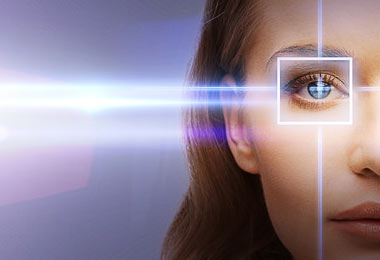
Laser Vision Correction
We use the latest laser equipment to provide no blade surgery including LASIK, PRK and LASEK.
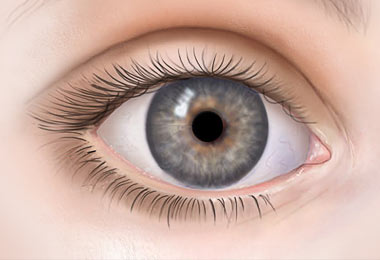
Cataract Surgery
We utilize an ultra-modern surgical technique that does not need stiches and does not cause bleeding or pain.
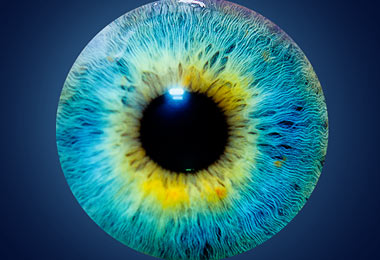
Oculoplastic procedures
Ptosis repair, blepharoplasty, lid lesion excision, ectropion/entropion repair. Botox and facial fillers are available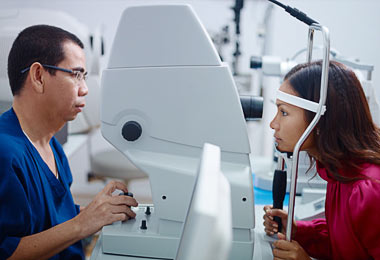
Glaucoma Laser and Surgeries
Selective Laser Trabecularplasty, Trabeculectomy, iSTENT, and EndoCyclo Photocuagulation
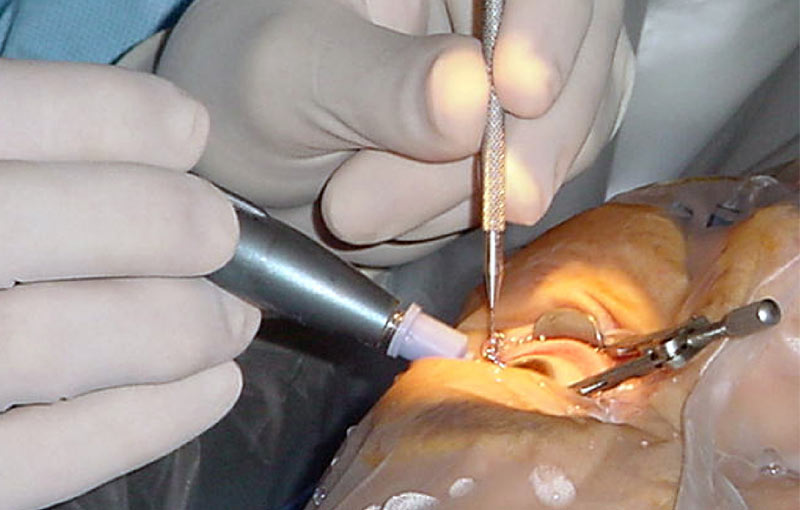
Corneal Transplants including full thickness DSAEK, DMEK and Keratoprothesis.
Dr. Kim has served on the Medical Board of Directors at the New York Eye Bank for Sight Restoration.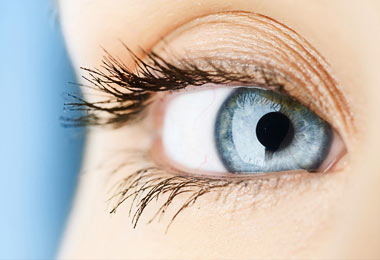
Amniotic Membrane
Treatment for indolent corneal ulcers and keratitis is available on site.
Eye Conditions

- Cataract
Cataracts are opacities that develop in the crystalline lens of the eye or in its envelope. Early on in the development of age-related cataract the power of the crystalline lens may be increased, causing near-sightedness (myopia), and the gradual yellowing and opacification of the lens may reduce the perception of blue colors. Cataracts typically progress slowly to cause vision loss and are potentially blinding if untreated. - Glaucoma
Glaucoma is a group of diseases of the optic nerve involving loss of retinal ganglion cells in a characteristic pattern of optic neuropathy. Although raised intraocular pressure is a significant risk factor for developing glaucoma, there is no set threshold for intraocular pressure that causes glaucoma.h - Diabetic Retinopathy
Diabetic Retinopathy is retinopathy (damage to the retina) caused by complications of diabetes mellitus, which could eventually lead to blindness. It is an ocular manifestation of systemic disease which affects up to 80% of all diabetics who have had diabetes for 15 years or more. - Keratoconous
A degenerative corneal disease in which the cornea thins and assumes the shape of a cone. - Pterygium and pinguecula
Non cancerous growth likely caused by long term exposure ultraviolet light. - Chalazion
A swollen area of the eyelid caused by a block oil producing gland - Blepharitis
Blepharitis is characterized by inflammation of the eyelid margins. Blepharitis usually causes redness of the eyes and itching and irritation of the eyelids in both eyes. - Hyperopia (Farsightedness) Hyperopia (Farsightedness) is a defect of vision caused by an imperfection in the eye (often when the eyeball is too short or when the lens cannot become round enough), causing inability to focus on near objects, and in extreme cases causing the inability to focus on objects at any distance.
- Keratoconus Keratoconus is a degenerative non-inflammatory disorder of the eye in which structural changes within the cornea cause it to thin and change to a more conical shape than its normal gradual curve.
- Myopia (Nearsightedness) Myopia (Nearsightedness) is a refractive defect of the eye in which collimated light produces image focus in front of the retina when accommodation is relaxed. Those with myopia see nearby objects clearly but distant objects appear blurred.
- Pterygium and Pinguecula Non cancerous growth likely caused by long term exposure ultraviolet light.
- Presbyopia Presbyopia describes the condition where the eye exhibits a progressively diminished ability to focus on near objects with age.
Procedures Performed

- Lens and cataract procedures
- Ophthalmological exam
- Surgical procedures on the cornea
